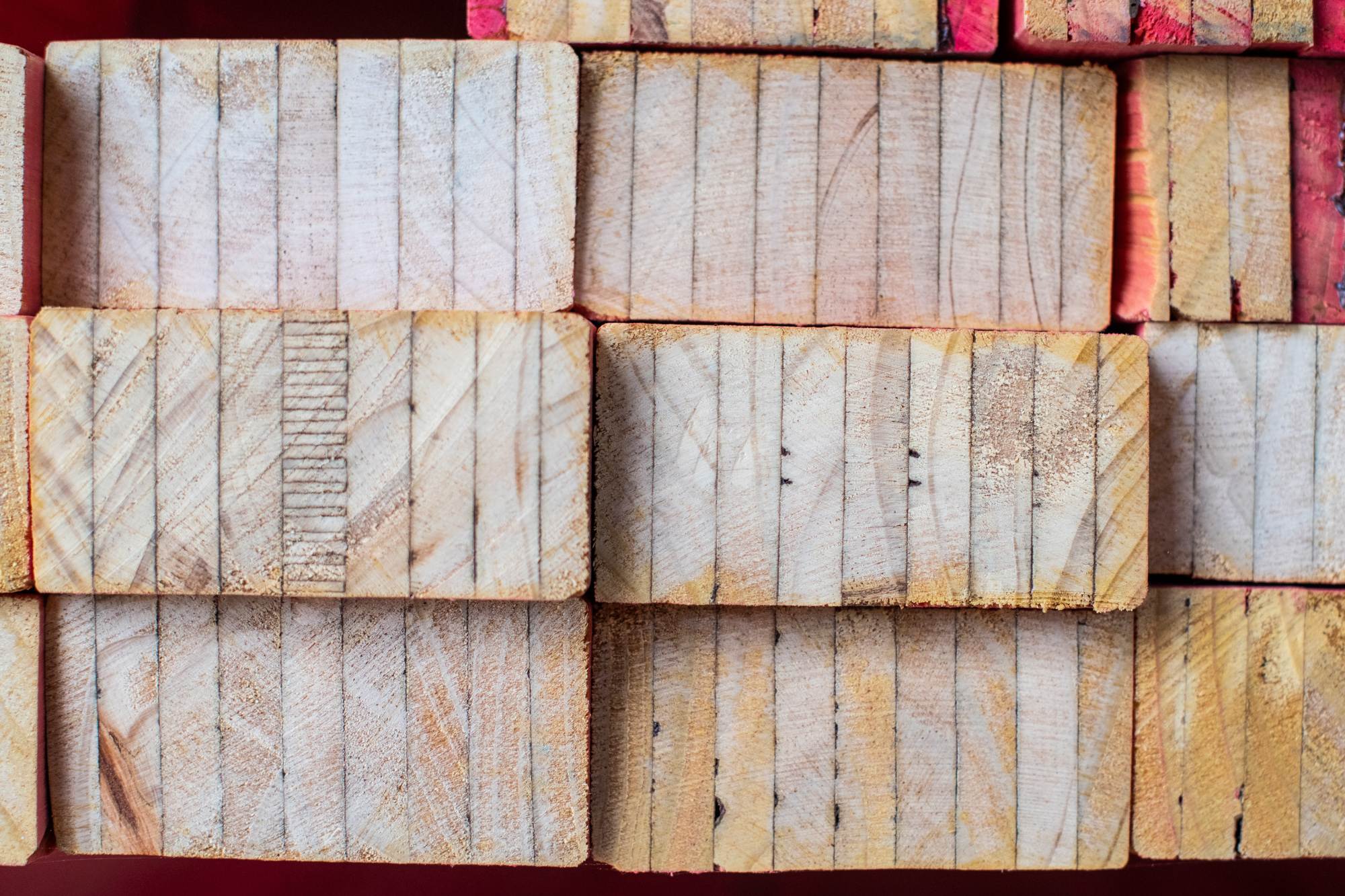The Tairāwhiti economy remains subdued as tough times keep activity restrained. Provisional estimates from Infometrics show the local economy was 1.0% smaller over the 12 months to March 2025 compared to a year earlier, with different parts of the economy moving at different speeds.
Jobs activity reinforces the difficult times in the economy, with a 2.0%pa fall in filled jobs locally, larger than the 0.9%pa fall nationally. Lower jobs are noticeable across a number of sectors, including agriculture, accommodation and food services, media, and forestry-related industries. Health, education, and construction jobs are higher than a year ago, helping to partly offset the declines. There is still business creation occurring locally, with business counts in Tairāwhiti up 1.3%pa. Construction work is shifting focus, with a 6.2%pa increase in non-residential consent values over the March 2025 year – compared to a decline nationally – driven by nearly $6m in education building consents issued in the March quarter. However, residential consent numbers remain below that of a year ago.
Tourism activity in Tairāwhiti has been mixed – guest nights are down 4.9%pa in the March 2025 year, but tourist spending is up 1.9%pa, indicating fewer visitors by more spending per person. Lower domestic travellers have contributed to the decline in Tairāwhiti, as households nationally remain reluctant to spend. Total card spending, according to Marketview, was down 0.6%pa in Tairāwhiti. Still-high housing costs are a continued challenge for households, and require more of households’ funds. Rents in Tairāwhiti rose 2.9%pa over the March 2025 year, to $563pw, although rental inflation is slowing. Rental affordability has deteriorated, with average rent now making up 24% of average household incomes in Tairāwhiti.
Forestry activity is still subdued – although there’s some growth for wood products, sawn timber and log exports are down at the start of 2025 compared to a year ago. Forestry and wood-related processing employment in Tairāwhiti remain lower too. Lower wood demand from New Zealand’s key market, China, plus weaker domestic demand amid lower building consent levels, were keeping pressure on the forestry sector. Primary sector activity continues to be upbeat, with higher pay-out prices across the board. Beef prices are sitting 15% higher on average over the 12 months to March 2025 than a year earlier, with mutton and lamb prices up around 10%pa too – and current spot prices are higher again. Livestock kill weights across the combined Gisborne-Hawke’s Bay area are up 4.3%pa in the March 2025 quarter, a stronger gain than the 1.8%pa rise nationally. Total fruit and nut export volumes are up 57%pa for the quarter nationally, supporting local horticultural export sectors.
Infometrics Quarterly Economic Monitor Tairāwhiti March 2025

